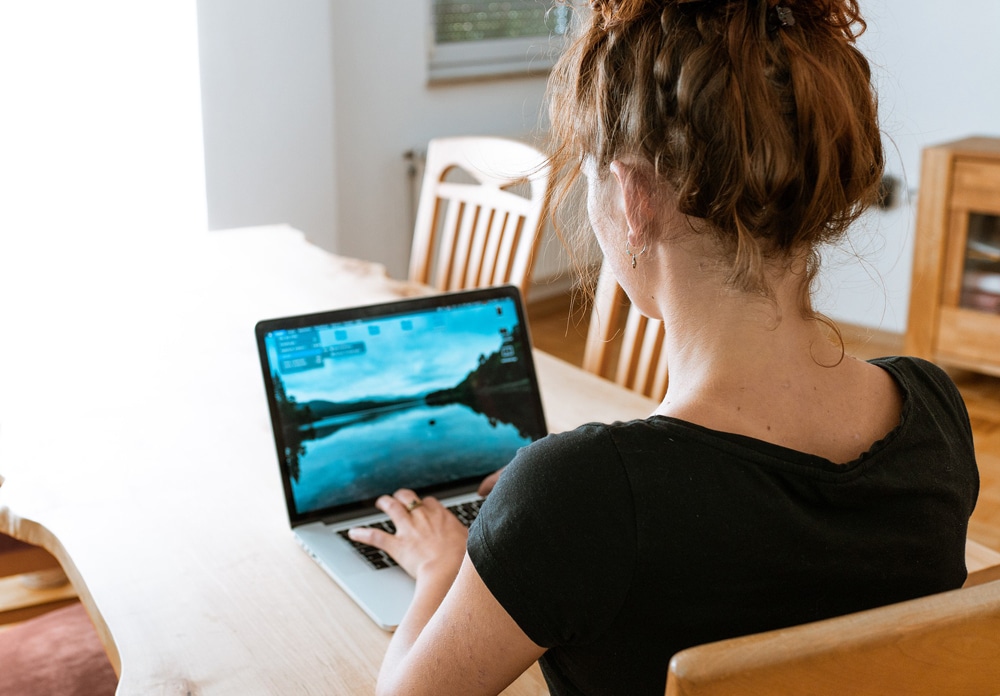
ACTIVE PAUSES FOR REMOTE WORK
The COVID-19 pandemic has affected many companies, which have implemented work remotely as a solution to protect their employees from possible infections.
Remote work is a solution to keep business operational, however, from a personal point of view we are facing a challenge. COVID-19 shakes our routines, forcing us to get out of our states of physical and mental comfort.
The health, safety and well-being of workers are of fundamental importance. In that sense, the World Health Organization (WHO) and the International Labor Organization (ILO) have determined that Active Pauses are a necessity during the working day, so companies must promote this healthy habit among their employees.
A sedentary lifestyle affects the body and contributes to the development of psychological ailments, including anxiety, sadness and stress. Teleworking can increase these symptoms due to poor mobility, the feeling of social isolation and the blurring of the boundaries between work and private life.
In this publication some practical advice from the European Occupational Safety and Health Agency (EU-OSHA) to take active breaks during teleworking.
Active breaks or work gymnastics are physical and mental exercises that a worker performs for a short time during the day to revitalize body energy and refresh the mind. Some benefits they produce are the following:
Here are examples of EU-OSHA stretching exercises to perform at regular intervals throughout the day:
Examples of EU-OSHA exercises for sitting to stay active and moving during the workday:
Examples of exercises that can be added to your work routine:
Source: European Agency for Occupational Safety and Health (EU-OSHA) y Personal Finance

We are a Venezuelan company founded in 1992 in Guatire, Venezuela, with the purpose of manufacturing safety, protective and work footwear.
© 2021 | Calzado Sicura